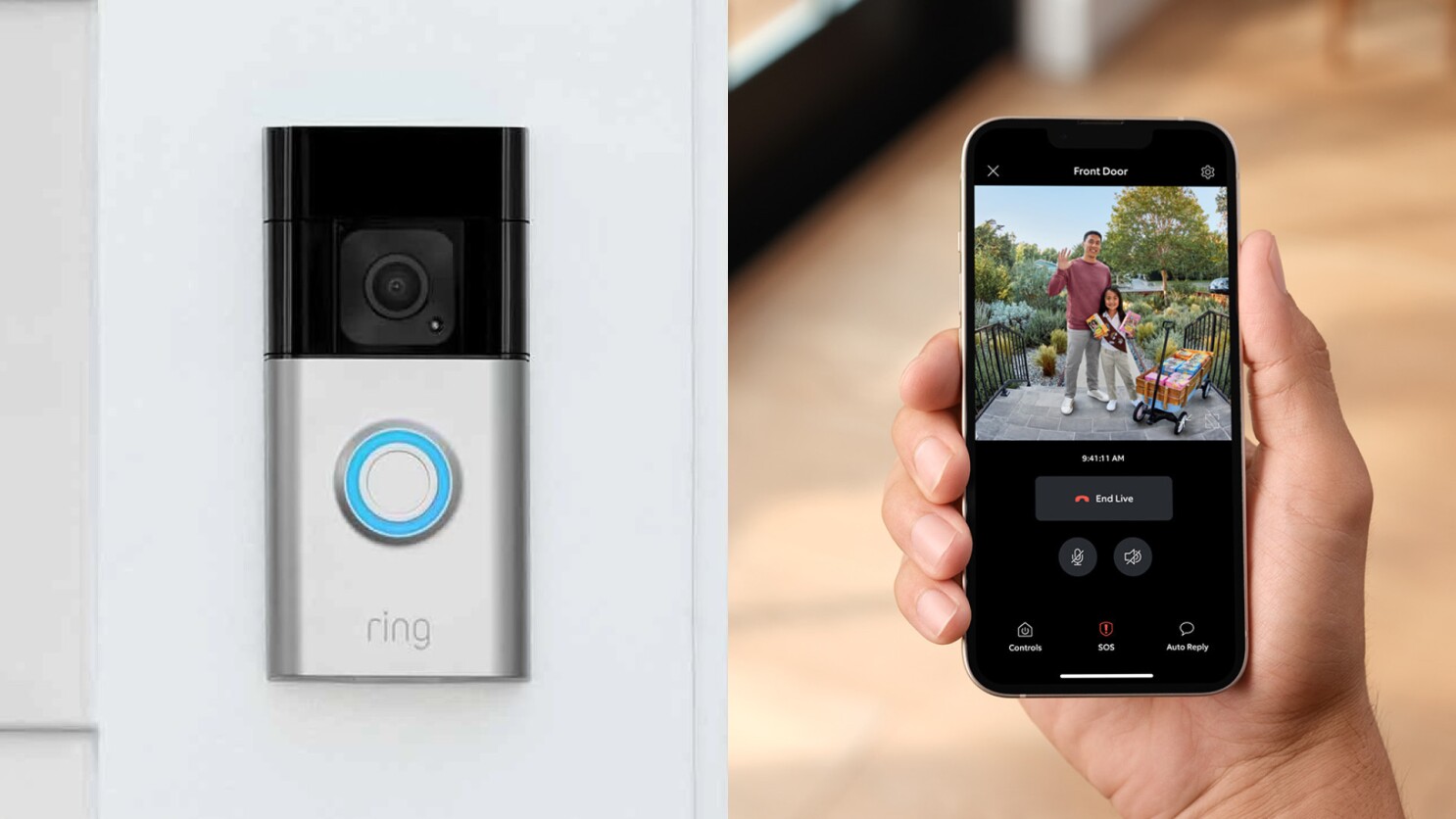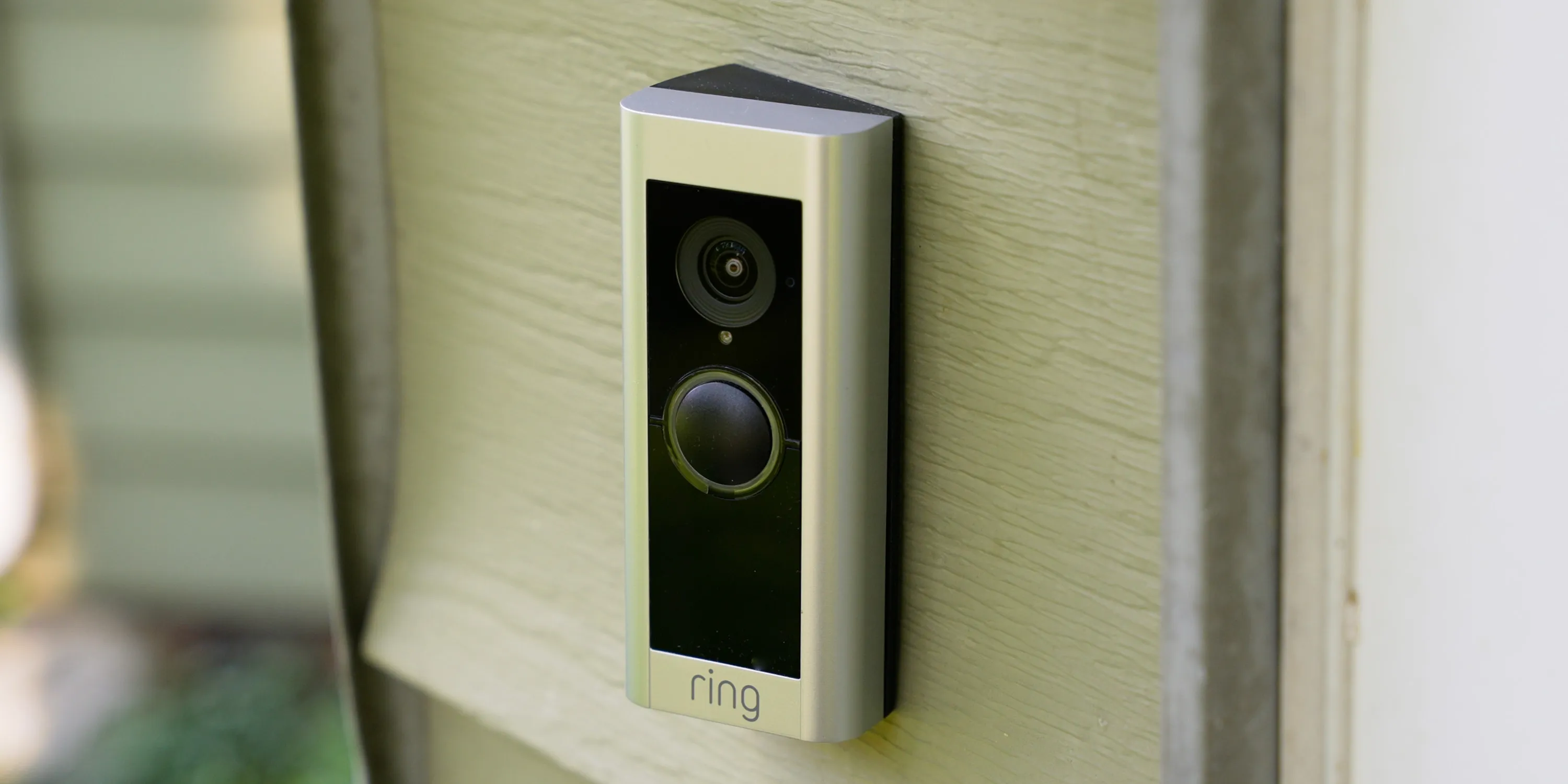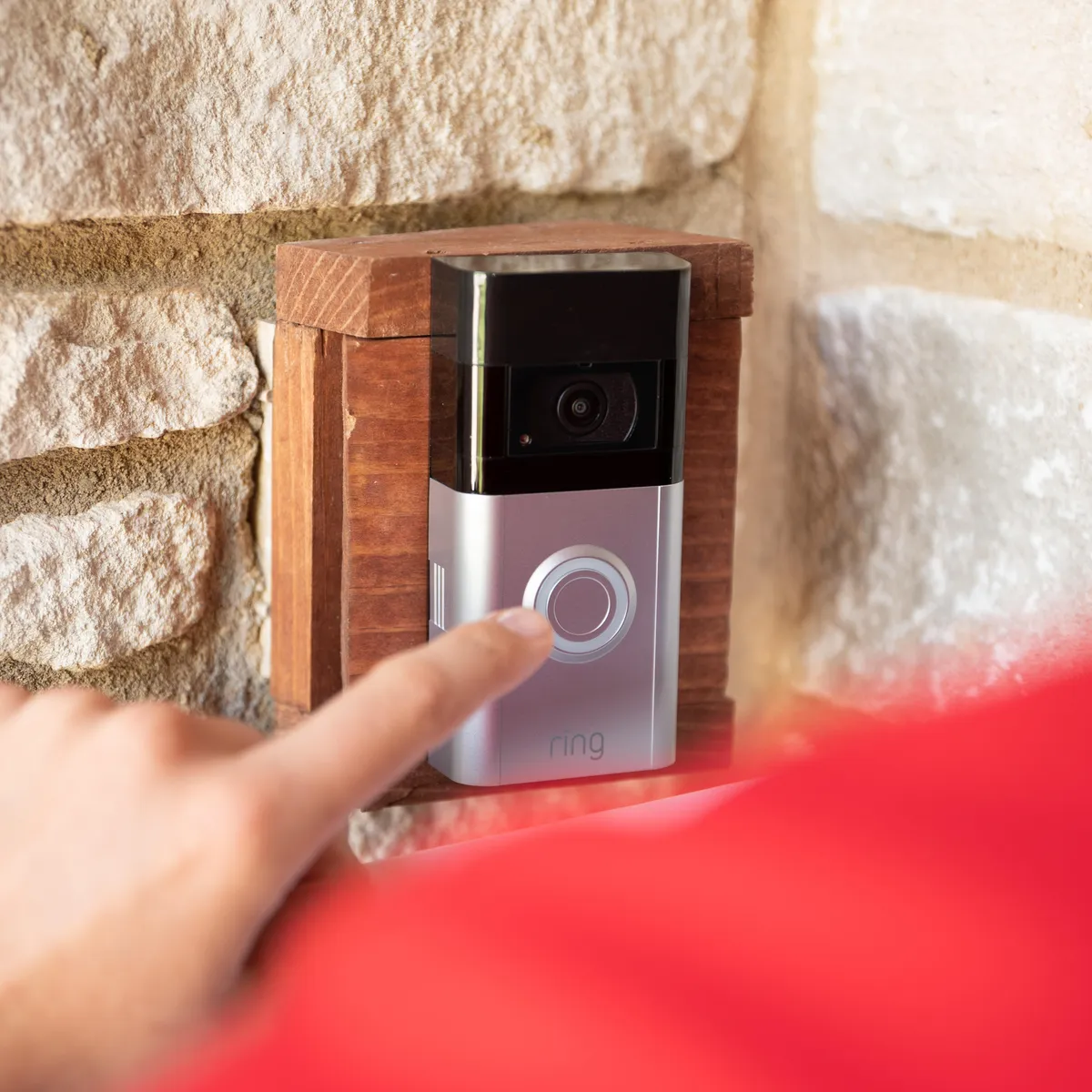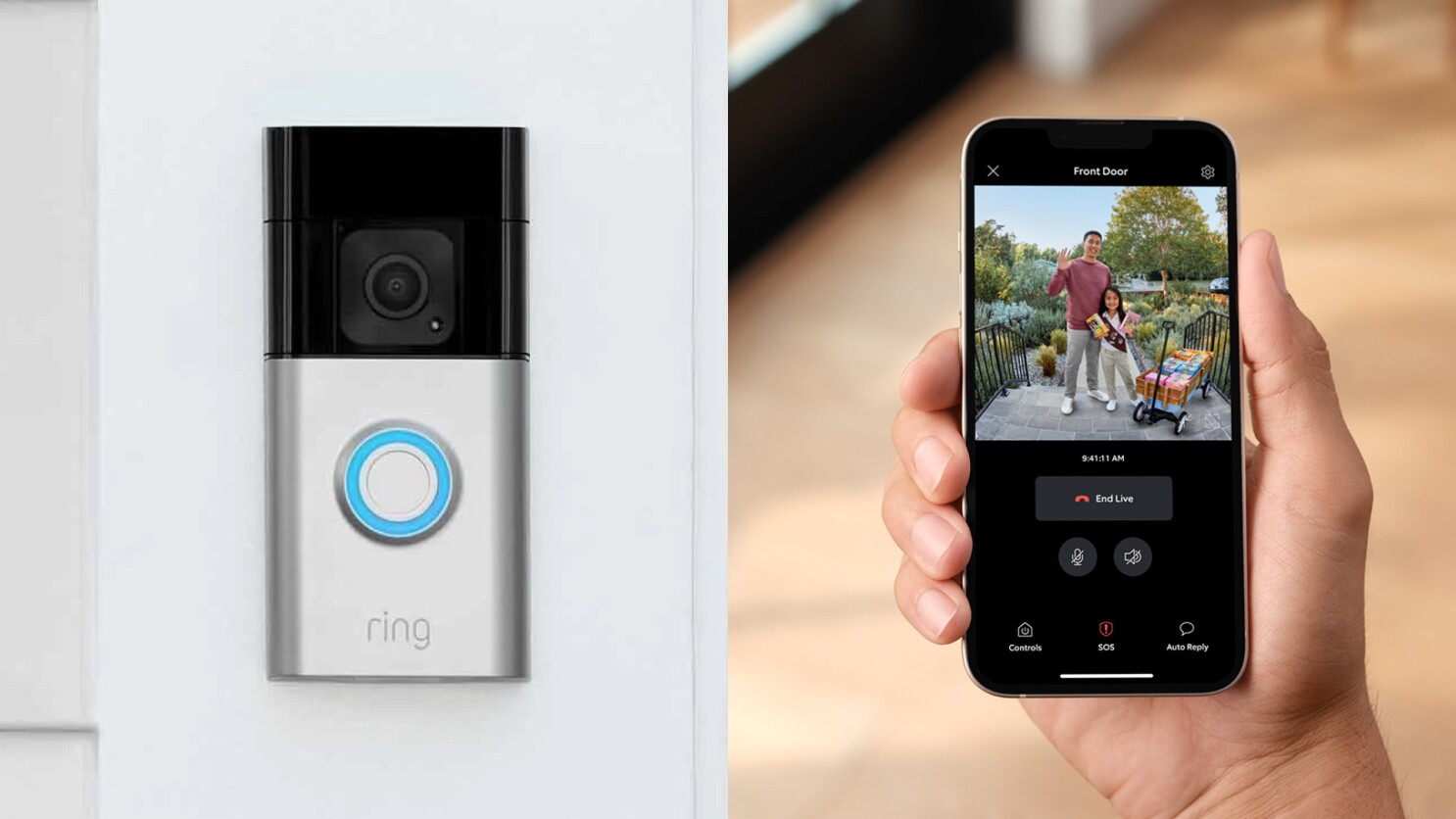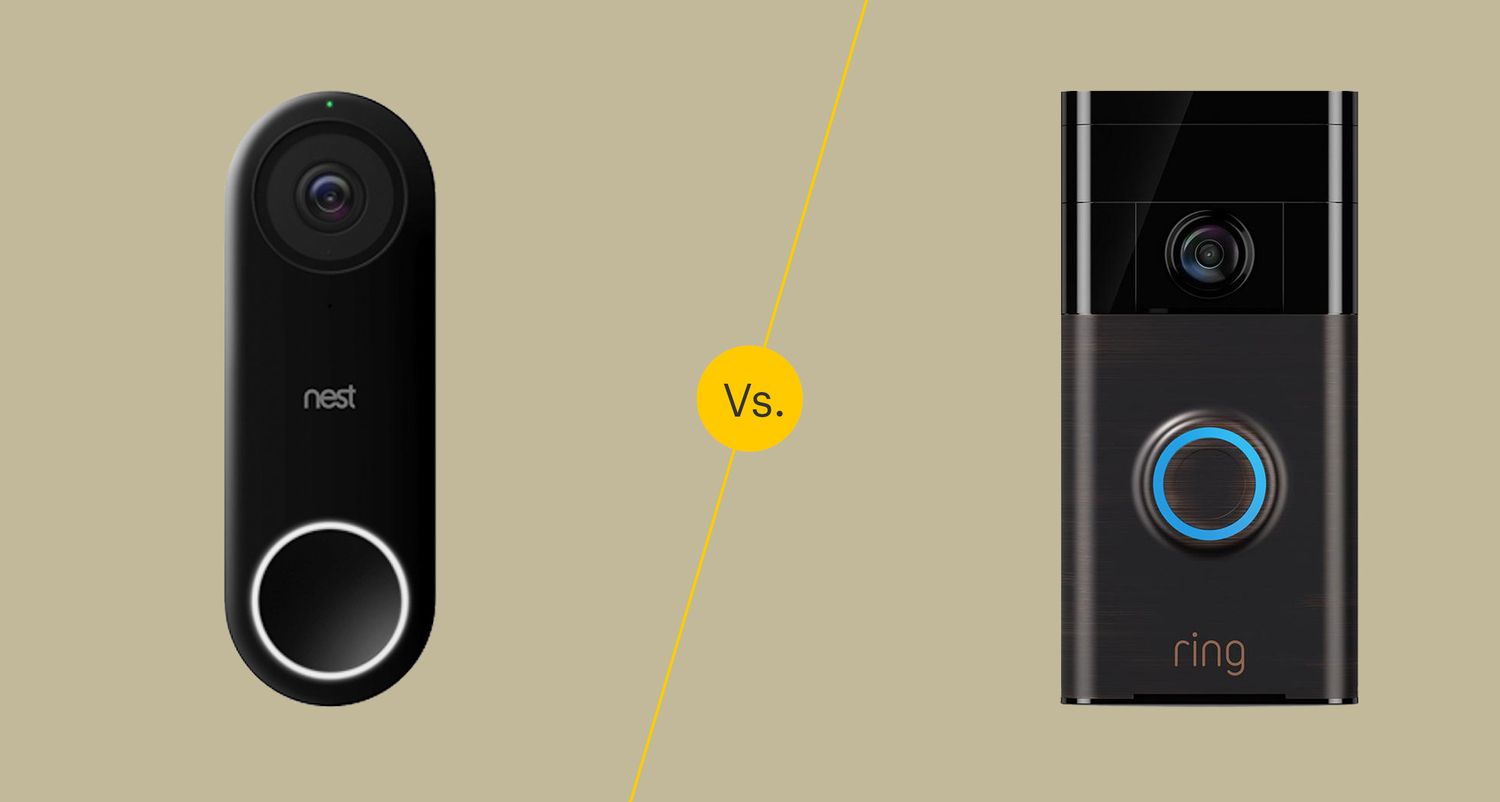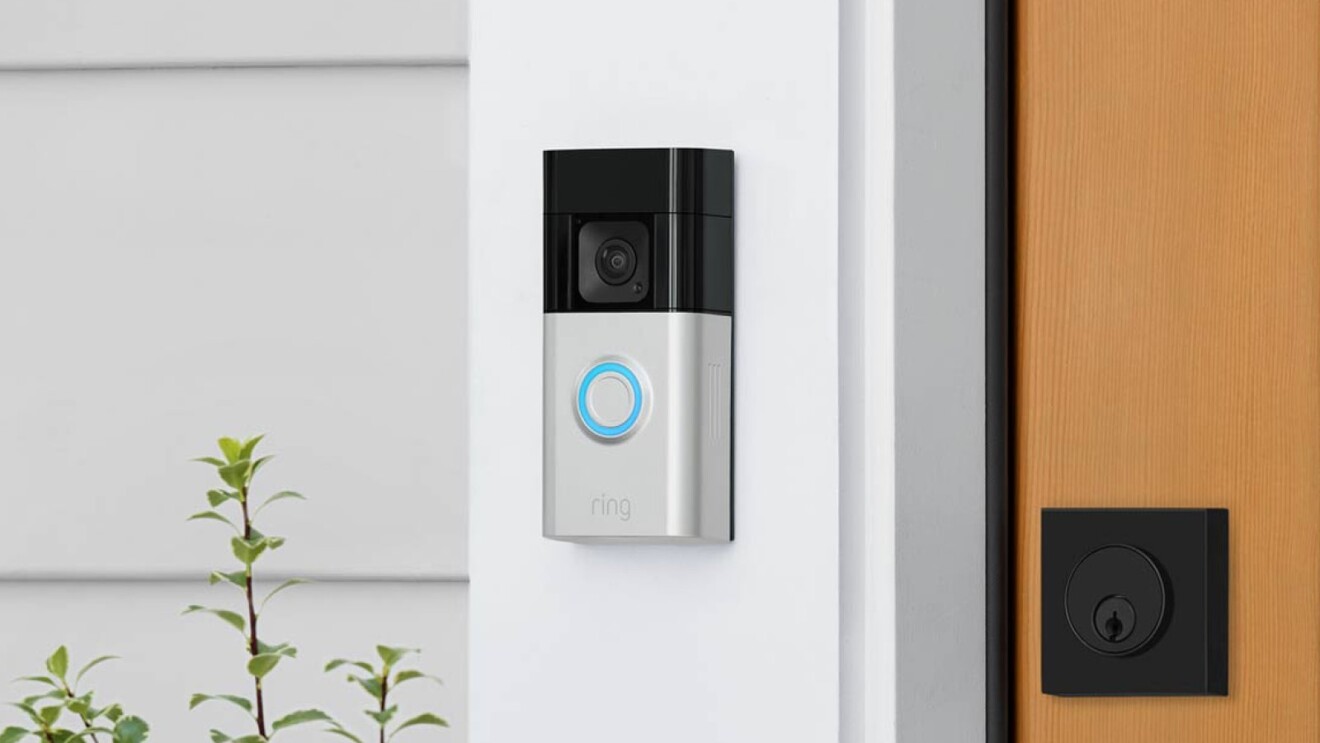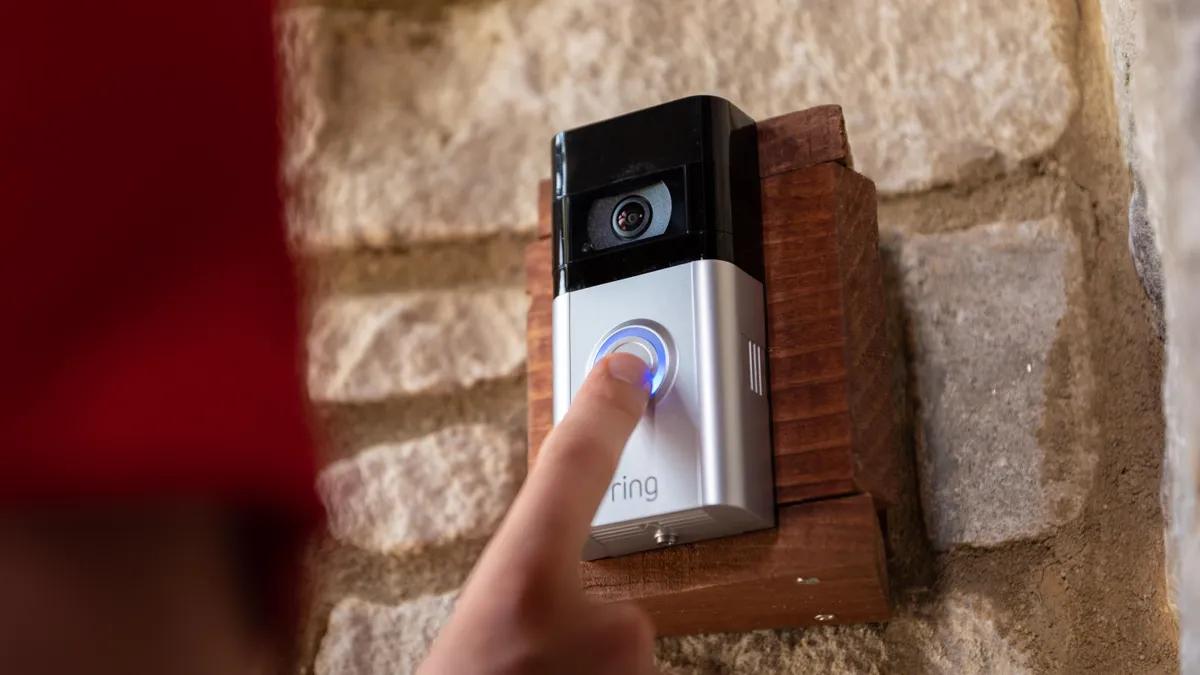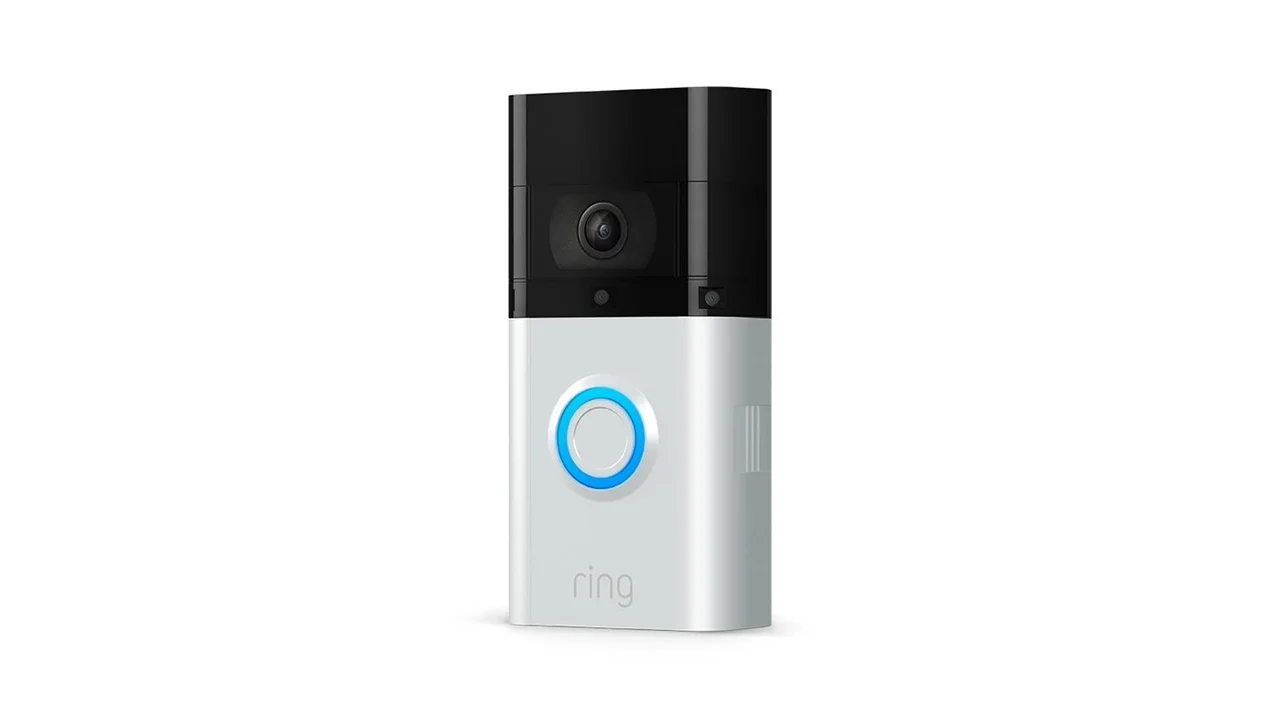Introduction
Welcome to the world of modern home security and convenience with the Ring Video Doorbell! This innovative device offers a seamless way to monitor your front door, communicate with visitors, and enhance the overall safety of your home. Whether you're a tech enthusiast or simply seeking peace of mind, the Ring Video Doorbell is a valuable addition to any household.
In this comprehensive guide, we will walk you through the process of setting up your Ring Video Doorbell, adjusting its settings to suit your preferences, and effectively recording and saving videos. Additionally, we'll provide troubleshooting tips to address common issues and ensure that you make the most of this cutting-edge device.
By the end of this guide, you'll be well-equipped to harness the full potential of your Ring Video Doorbell, allowing you to stay connected to your home and loved ones with ease and confidence.
Let's embark on this journey to unlock the capabilities of your Ring Video Doorbell, empowering you to take control of your home security like never before. Whether you're a first-time user or looking to optimize your experience, this guide is tailored to meet your needs and elevate your home security game. So, without further ado, let's dive into the world of seamless, smart security solutions with the Ring Video Doorbell.
Setting Up Your Ring Video Doorbell
Before delving into the world of enhanced home security and convenience, it’s essential to ensure that your Ring Video Doorbell is set up correctly. The installation process is straightforward, and with the following step-by-step guide, you’ll have your device up and running in no time.
1. Prepare for Installation: Start by charging the Ring Video Doorbell using the provided USB cable. While it charges, download the Ring app on your smartphone to begin the setup process.
2. Create Your Account: Open the Ring app and follow the prompts to create your account. This will be your portal to accessing and managing your Ring Video Doorbell’s features and settings.
3. Start the Setup: Once your account is created, select “Set up a device” in the app and choose “Doorbells” from the list of available Ring devices.
4. Connect to Wi-Fi: Follow the on-screen instructions to connect your Ring Video Doorbell to your home Wi-Fi network. This step is crucial for enabling seamless communication and remote access.
5. Install the Doorbell: After the device is connected to your Wi-Fi, proceed to physically install the Ring Video Doorbell at your front door. Use the provided tools and mounting hardware to securely affix the doorbell in your desired location.
6. Customize Settings: Once the physical installation is complete, return to the Ring app to customize your device’s settings. This includes adjusting motion detection sensitivity, setting up alerts, and personalizing notification preferences.
By following these simple yet effective steps, you’ll have your Ring Video Doorbell set up and ready to elevate your home security in no time. The seamless integration of technology and user-friendly design ensures that the setup process is accessible to all users, regardless of their technical expertise.
Now that your Ring Video Doorbell is installed and configured, you’re poised to explore its myriad features and optimize its functionality to suit your specific needs. Let’s delve into the next phase of this guide, where we’ll delve into the process of adjusting settings to maximize the potential of your Ring Video Doorbell.
Adjusting Settings
Now that your Ring Video Doorbell is successfully installed, it’s time to fine-tune its settings to align with your preferences and optimize its performance. The Ring app provides a user-friendly interface that allows you to customize various aspects of your doorbell’s functionality. Let’s explore the key settings you can adjust to tailor the device to your specific needs.
1. Motion Detection: One of the most crucial settings to configure is motion detection. Through the app, you can specify the areas you want the doorbell to monitor for motion. This ensures that you receive relevant alerts and recordings, minimizing unnecessary notifications.
2. Alert Preferences: Customize your alert preferences to receive notifications for specific types of events, such as motion detection or when the doorbell button is pressed. You can also set the frequency of alerts based on your preferences and daily routine.
3. Video Quality: Tailor the video quality settings to suit your internet connection and storage preferences. Adjusting the video quality can help optimize the device’s performance and ensure that recordings are clear and detailed.
4. Audio Settings: The Ring Video Doorbell allows for two-way audio communication. Adjust the audio settings to ensure that you can clearly hear and communicate with visitors through the device’s built-in speaker and microphone.
5. Device Sharing: If multiple individuals in your household need access to the Ring Video Doorbell, you can manage device sharing settings through the app. This allows for seamless collaboration and monitoring among family members.
6. Linked Devices: Integrate your Ring Video Doorbell with other smart home devices, such as smart lights or security systems, to create a comprehensive home security ecosystem. Through the app, you can manage linked devices and create automated actions based on specific triggers.
By taking the time to adjust these settings, you can ensure that your Ring Video Doorbell operates in a manner that aligns with your lifestyle and security requirements. The intuitive nature of the Ring app empowers users to personalize their device without encountering unnecessary complexity, making the process seamless and accessible to all.
With your settings fine-tuned, your Ring Video Doorbell is now primed to deliver a tailored and reliable home security experience. Let’s move on to the next phase of our guide, where we’ll delve into the process of recording and saving videos using your Ring Video Doorbell.
Recording and Saving Videos
The ability to record and save videos is a pivotal feature of the Ring Video Doorbell, empowering you to review and archive important footage related to your home’s security. Understanding the process of capturing and storing videos ensures that you can leverage this functionality effectively. Let’s explore how you can seamlessly record and save videos using your Ring Video Doorbell.
1. Automatic Recording: When motion is detected or the doorbell is pressed, the Ring Video Doorbell automatically begins recording a video. This feature captures valuable footage without requiring manual intervention, ensuring that important events are documented.
2. Accessing Recordings: Through the Ring app, you can easily access and review recorded videos. The app provides a comprehensive timeline of events, allowing you to navigate through recordings and pinpoint specific moments of interest.
3. Saving Videos: If you come across a video that holds significance, such as capturing a security incident or a memorable interaction, you can save it to your device or the cloud for future reference. This ensures that important footage is securely stored for later retrieval.
4. Sharing Videos: The Ring app enables seamless sharing of videos with trusted individuals. Whether you need to share footage with family members or law enforcement, the app facilitates the effortless dissemination of critical information captured by your doorbell.
5. Subscription Services: Ring offers subscription services that expand the capabilities of your Video Doorbell, including extended video storage, advanced motion detection settings, and professional monitoring. These services provide added flexibility and security for users seeking comprehensive coverage.
By leveraging the recording and saving capabilities of your Ring Video Doorbell, you can maintain a comprehensive record of events at your doorstep, fostering a heightened sense of security and awareness. The seamless integration of automatic recording, easy access to footage, and the option to save and share videos ensures that you remain in control of your home’s security narrative.
With a firm grasp of the video recording and saving process, you’re well-equipped to harness the full potential of your Ring Video Doorbell. Let’s proceed to the final phase of our guide, where we’ll address common troubleshooting issues and provide valuable tips to enhance your overall experience with the device.
Troubleshooting and Tips
While the Ring Video Doorbell is designed to provide a seamless and reliable experience, occasional issues may arise. Understanding common troubleshooting techniques and implementing valuable tips can enhance your overall satisfaction with the device. Let’s explore some troubleshooting strategies and tips to optimize your Ring Video Doorbell’s performance.
1. Wi-Fi Connectivity: If you encounter issues with Wi-Fi connectivity, ensure that your Ring Video Doorbell is within range of a strong and stable Wi-Fi signal. Additionally, minimizing interference from other electronic devices can contribute to improved connectivity.
2. Motion Detection: If motion detection seems inconsistent, adjust the sensitivity settings through the Ring app. Fine-tuning the motion detection parameters can minimize false alerts while ensuring that relevant events are captured.
3. Video Quality: In the event of video quality issues, consider adjusting the video resolution settings based on your internet bandwidth. Opting for a lower resolution can alleviate streaming issues, especially in areas with limited connectivity.
4. Device Maintenance: Periodically clean the camera lens and ensure that the device’s exterior is free from obstructions. This simple maintenance routine can optimize the device’s performance and ensure clear video recordings.
5. Power Source: If your Ring Video Doorbell is battery-powered, monitor the battery level regularly and recharge it as needed. For hardwired models, ensure that the wiring is secure and free from damage to maintain uninterrupted power.
6. Firmware Updates: Stay informed about firmware updates for your Ring Video Doorbell. Keeping the device’s firmware up to date ensures that you benefit from the latest features and performance enhancements.
Now, let’s explore a few valuable tips to maximize your experience with the Ring Video Doorbell:
– Customized Motion Zones: Take advantage of the ability to define custom motion zones to focus on specific areas of interest, reducing unnecessary alerts and refining the device’s monitoring capabilities.
– Community Sharing: Engage with the Ring community through the Neighbors app, where users can share and receive real-time safety information and alerts, fostering a collaborative approach to neighborhood security.
– Professional Monitoring: Consider subscribing to Ring’s professional monitoring services for an added layer of security and peace of mind, especially when you’re away from home.
By implementing these troubleshooting strategies and tips, you can ensure that your Ring Video Doorbell operates optimally, providing reliable security and convenience for your household. Armed with this knowledge, you are well-prepared to address potential challenges and make the most of the device’s advanced features.







